Crape Myrtle Care: Complete Guide For Year-Round Beauty
Transform your garden with vibrant blooms and expert tips for stunning, hardy trees.
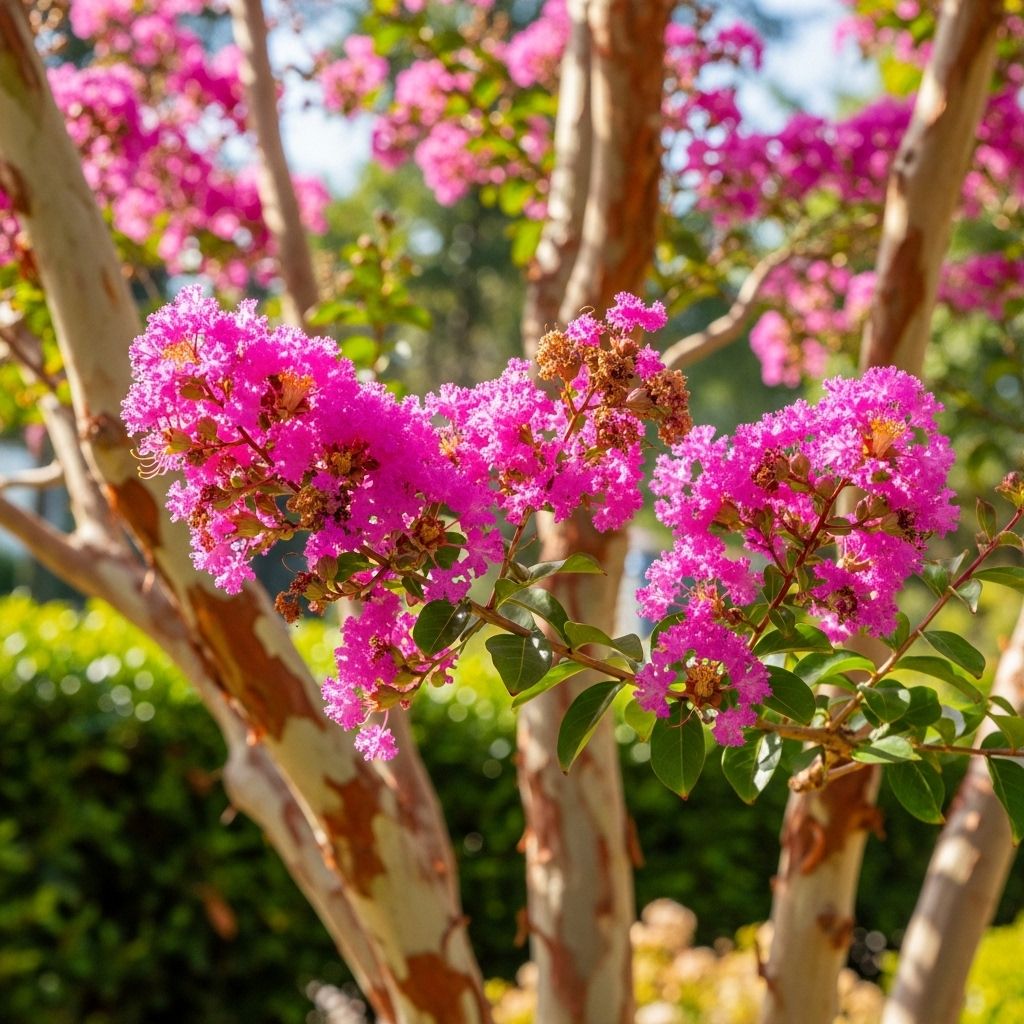
Image: HearthJunction Design Team
The Ultimate Guide to Growing Beautiful Crape Myrtles
Crape myrtles (Lagerstroemia) are among the most beloved flowering trees in warmer climates, prized for their spectacular summer blooms, attractive exfoliating bark, and brilliant fall color. These versatile trees offer something special in every season, from their vibrant floral displays to their distinctive winter silhouettes. Whether you’re looking for a stunning specimen tree, a colorful privacy screen, or a container plant for your patio, there’s likely a crape myrtle variety that will meet your landscaping needs.
Native to Asia but now a staple in gardens across the southern United States and other warm regions, crape myrtles have earned their popularity through their remarkable combination of beauty and resilience. These adaptable trees thrive in hot, sunny conditions and can tolerate drought once established, making them an excellent choice for low-maintenance landscapes.
Crape Myrtle Varieties: Finding Your Perfect Match
One of the most appealing aspects of crape myrtles is the wide range of sizes and colors available. From dwarf varieties that reach just 3 feet tall to stately trees that can grow to 30 feet or more, there’s a crape myrtle for nearly every landscape situation. The key to success with these plants is selecting the right variety for your specific needs and growing conditions.
Size Categories
Crape myrtles come in several size categories, making them incredibly versatile for different landscape applications:
- Dwarf varieties (3-6 feet): Perfect for containers, small gardens, or as colorful accents in mixed borders
- Semi-dwarf varieties (6-12 feet): Ideal for foundation plantings and as specimen shrubs
- Intermediate varieties (13-20 feet): Excellent as small trees or large shrubs in medium-sized landscapes
- Standard varieties (20+ feet): Make impressive specimen trees or street trees in larger landscapes
Flower Colors
The spectacular blossoms are what give crape myrtles their common name, as the crinkled petals resemble crepe paper. These vibrant flowers appear in dense clusters during summer and can last for weeks or even months in ideal conditions. Popular flower colors include:
- White (‘Natchez’, ‘Acoma’)
- Pink (‘Sioux’, ‘Tuscarora’)
- Red (‘Dynamite’, ‘Red Rocket’)
- Purple (‘Catawba’, ‘Zuni’)
- Lavender (‘Muskogee’, ‘Wichita’)
Many newer varieties have been bred for improved disease resistance, more vibrant colors, and longer blooming periods, giving gardeners even more options to choose from.
Planting Crape Myrtles for Success
Proper planting is essential for establishing healthy, vigorous crape myrtles that will thrive for years to come. Following these guidelines will help ensure your new trees get off to the best possible start.
When to Plant
The ideal time to plant crape myrtles is during their dormant season, from late fall through early spring. This gives the roots time to establish before the tree needs to support new growth and summer blooms. However, container-grown plants can be installed almost any time of year if proper care is taken, especially with watering during the establishment phase.
Choosing the Right Location
Crape myrtles perform best with:
- Full sun: At least 6 hours of direct sunlight daily is essential for abundant flowering and reduced disease problems
- Well-draining soil: While adaptable to various soil types, crape myrtles cannot tolerate waterlogged conditions
- Adequate spacing: Allow enough room for your variety to reach its mature size without crowding
- Good air circulation: This helps prevent fungal issues like powdery mildew
Planting Process
Follow these steps when planting your crape myrtle:
- Dig a hole twice as wide as the root ball but no deeper than the height of the container
- Gently remove the plant from its container and loosen any circling roots
- Place the tree in the hole with the top of the root ball level with or slightly above the surrounding soil
- Backfill with the native soil, avoiding amendments in most cases
- Water thoroughly and apply 2-3 inches of mulch around the base, keeping it several inches away from the trunk
Essential Care for Thriving Crape Myrtles
Once established, crape myrtles are relatively low-maintenance trees, but providing proper care will maximize their health, appearance, and flowering performance.
Watering Requirements
New plantings need regular watering during their first year, typically once or twice weekly depending on weather conditions. Once established, crape myrtles are quite drought-tolerant but will perform best with occasional deep watering during extended dry periods. Avoid frequent shallow watering, which encourages shallow root development.
Fertilization Guidelines
Crape myrtles generally don’t require heavy fertilization. In fact, excessive nitrogen can promote foliage at the expense of flowers and may increase susceptibility to pests and diseases. For established plants in average soils, a light application of a balanced slow-release fertilizer in early spring is usually sufficient. Always follow package directions for application rates.
Mulching Benefits
A 2-3 inch layer of organic mulch helps conserve soil moisture, moderate soil temperature, and suppress weeds around crape myrtles. Keep mulch several inches away from the trunk to prevent moisture-related bark issues and potential diseases.
Pruning Techniques: The Right Way to Shape Your Crape Myrtle
Few gardening practices generate as much discussion as the pruning of crape myrtles. While these trees can tolerate heavy pruning, the practice known as “crape murder” – severely cutting back all branches to create stubby knobs – is generally discouraged by horticulturists.
Natural Form Pruning
For the most attractive and healthy trees, consider a lighter approach to pruning that preserves the natural grace and form of the crape myrtle:
- Remove suckers from the base of the tree unless you prefer a multi-stemmed shrub form
- Thin out crossing, rubbing, or crowded branches to improve air circulation
- Remove any dead, damaged, or diseased wood
- Selectively prune to enhance the natural vase-shaped structure of the tree
- Consider removing lower branches to showcase the beautiful trunk and bark
The best time to prune crape myrtles is in late winter before new growth begins, as these trees bloom on new wood. Pruning in spring or summer will remove developing flower buds, while fall pruning may stimulate tender new growth that could be damaged by frost.
Deadheading for Extended Blooms
While not necessary for tree health, removing spent flower clusters (deadheading) can encourage additional bloom cycles in some varieties. Simply snip off the seed heads after the flowers fade to potentially stimulate a second or even third round of flowering, especially in warmer climates with long growing seasons.
Common Challenges and Solutions
Even these resilient trees can face certain challenges. Knowing how to identify and address common issues will help keep your crape myrtles looking their best.
Pest Management
The most common pests affecting crape myrtles include:
- Aphids: These small insects feed on new growth and excrete honeydew, which can lead to sooty mold. Control with insecticidal soap or horticultural oil sprays.
- Crape myrtle bark scale: A relatively new pest that appears as white or gray felt-like bumps on branches and trunks. Systemic insecticides may be necessary for severe infestations.
- Japanese beetles: These beetles can damage foliage but rarely threaten the overall health of established trees.
Disease Prevention
The main diseases affecting crape myrtles include:
- Powdery mildew: Appears as a white powdery coating on leaves and buds. Select resistant varieties and ensure good air circulation to prevent this fungal disease.
- Leaf spot: Various fungal pathogens can cause spotting on leaves. Most cases are cosmetic and don’t require treatment.
- Sooty mold: A black fungus that grows on honeydew produced by aphids. Control the aphids to eliminate this issue.
Many newer crape myrtle varieties have been bred specifically for increased resistance to common diseases, making them excellent choices for low-maintenance landscapes.
Seasonal Interest: Year-Round Beauty
While crape myrtles are best known for their summer flowers, these versatile trees offer multiple seasons of interest in the landscape:
- Spring: Fresh new foliage emerges, often with reddish or bronze tints on certain varieties
- Summer: Spectacular flower display lasting for weeks or months
- Fall: Many varieties develop brilliant autumn foliage in shades of yellow, orange, or red
- Winter: Exfoliating bark creates beautiful patterns and textures, especially visible after leaf drop
This four-season appeal makes crape myrtles an excellent investment for any suitable landscape.
Landscape Uses for Crape Myrtles
The versatility of crape myrtles makes them valuable in numerous landscape applications:
- Specimen trees: Showcase their beautiful form, flowers, and bark as focal points
- Street trees: Larger varieties can line driveways or streets
- Screening: Plant in rows to create colorful privacy screens
- Container plants: Dwarf varieties work well in large pots on patios or decks
- Mixed borders: Smaller types can be incorporated into perennial or shrub borders
Their adaptability to different growing conditions and relatively compact root systems make them suitable for many urban and suburban settings.
Frequently Asked Questions (FAQs)
Q: When do crape myrtles bloom?
A: Most crape myrtle varieties begin flowering in mid-summer (June to July) and continue blooming for 60-120 days depending on the variety and climate. With deadheading and favorable conditions, some may produce multiple bloom cycles through early fall.
Q: How fast do crape myrtles grow?
A: Crape myrtles are moderately fast-growing trees, typically adding 1-2 feet of height per year under ideal conditions. Growth rates vary by variety, with some dwarf cultivars growing more slowly and larger varieties potentially growing more quickly.
Q: Can crape myrtles grow in cold climates?
A: Most crape myrtle varieties are hardy in USDA zones 7-10, though some newer cultivars can survive in zone 6 with proper winter protection. In colder regions, they may die back to the ground in winter but regrow from the roots in spring, though flowering may be reduced.
Q: Why isn’t my crape myrtle blooming?
A: Several factors can prevent flowering: insufficient sunlight (they need 6+ hours daily), improper pruning (especially pruning in late spring or summer), excessive nitrogen fertilizer, extreme drought stress, or planting in too cold a climate.
Q: Should I remove the seed pods from my crape myrtle?
A: Removing spent flower clusters and developing seed pods (deadheading) isn’t necessary but can encourage additional bloom cycles and prevent self-seeding. It also gives the tree a tidier appearance during the flowering season.
With their stunning flowers, ornamental bark, and adaptability to various growing conditions, crape myrtles continue to be among the most popular flowering trees for warmer climates. By selecting the right variety for your space and providing appropriate care, you can enjoy these beautiful trees for decades to come.
References
- https://myperfectplants.com/blogs/grow-guides/crape-myrtle-grow-guide
- https://www.thetreecenter.com/crape-myrtle-varieties-and-guide/
- https://www.hlhoa.com/blog/a-guide-to-crepe-myrtles
- https://www.monrovia.com/be-inspired/crape-myrtle-care-guide.html
- https://www.rosehillpalms.com/how-to-grow-and-care-for-crape-myrtles
Read full bio of medha deb


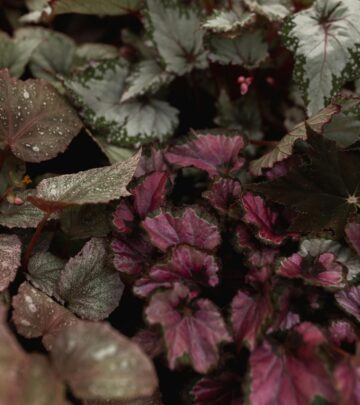
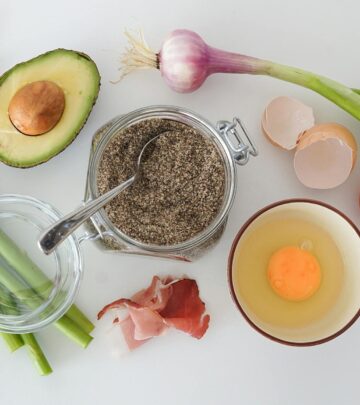
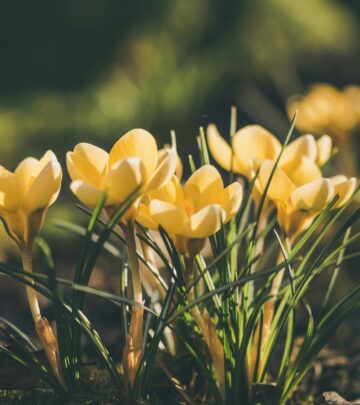
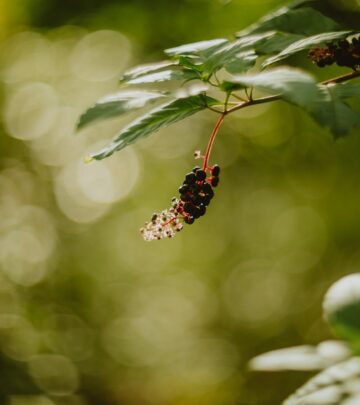
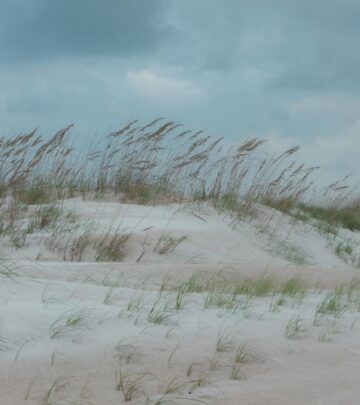

Community Experiences
Join the conversation and become a part of our empowering community! Share your stories, experiences, and insights to connect with other beauty, lifestyle, and health enthusiasts.